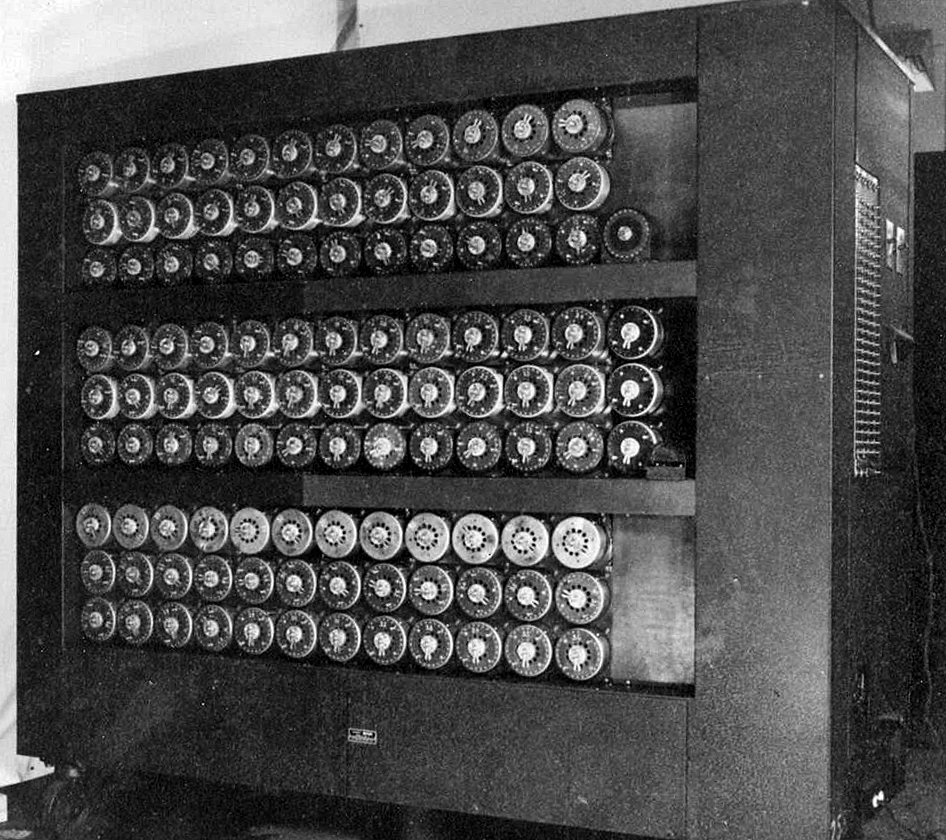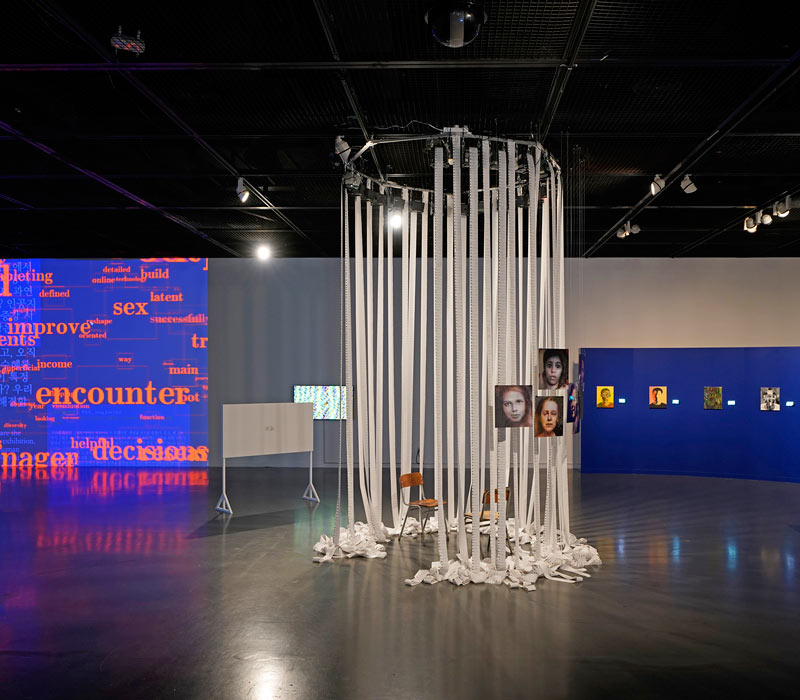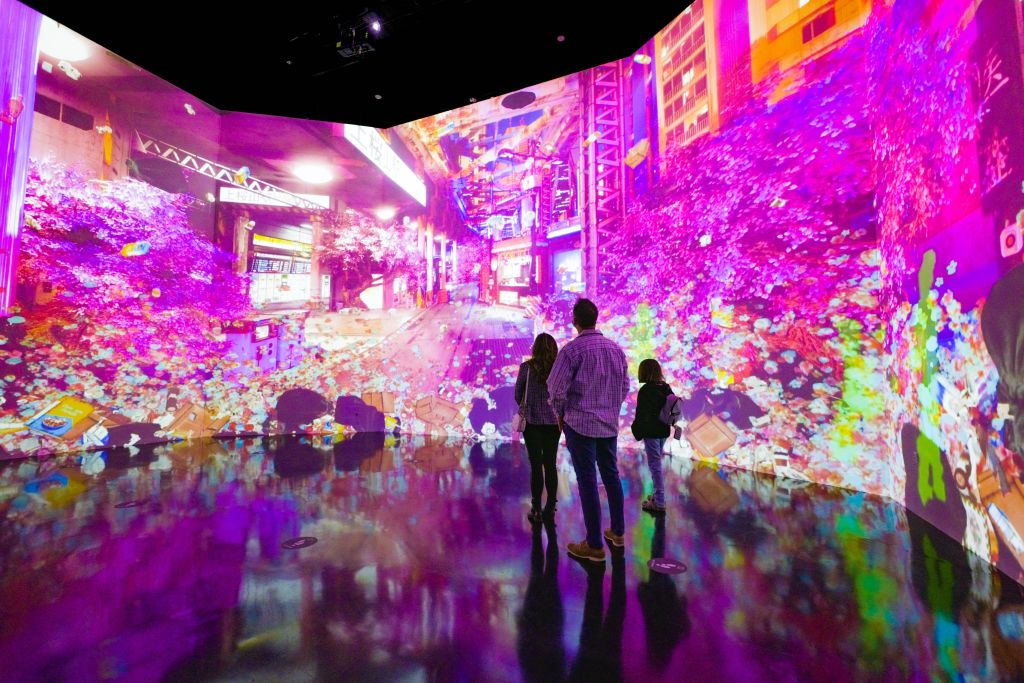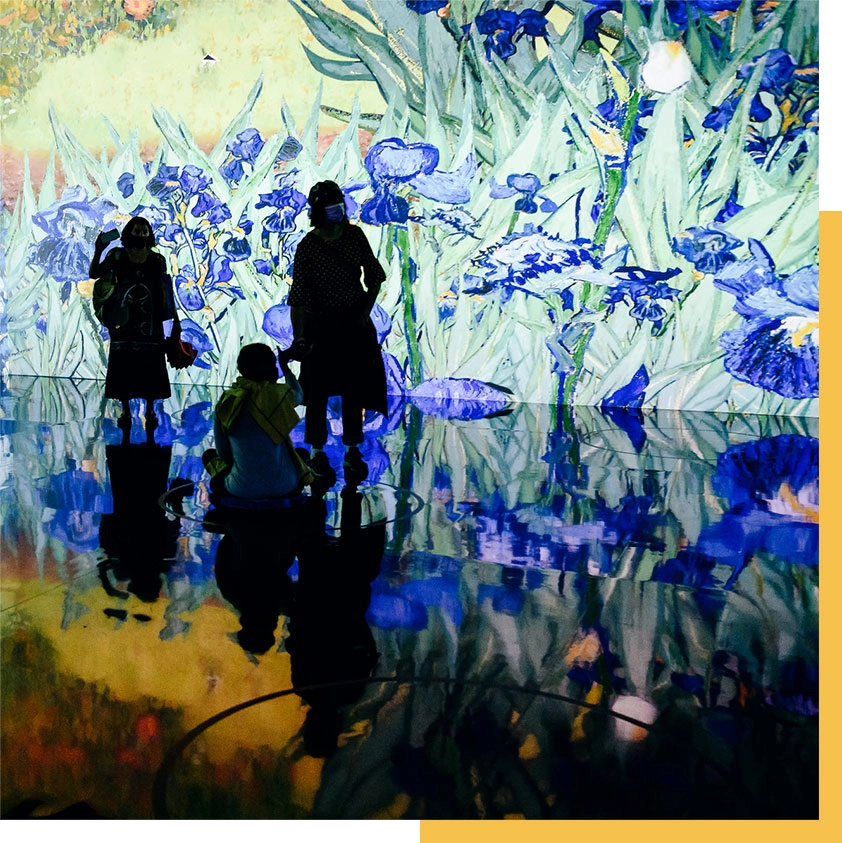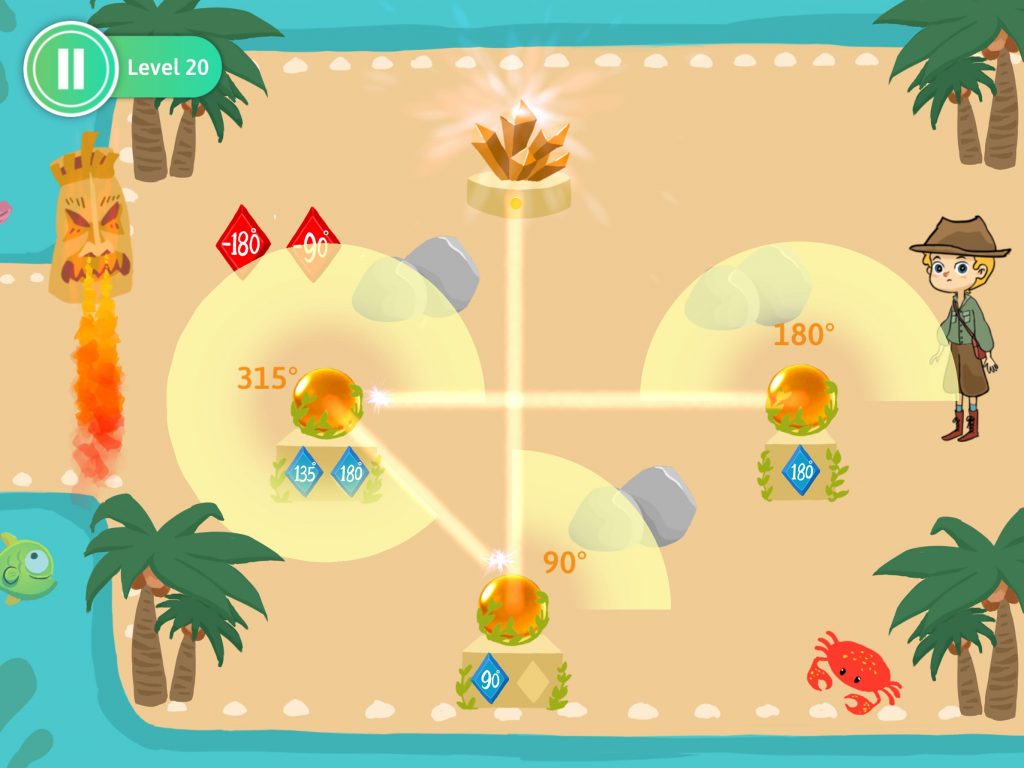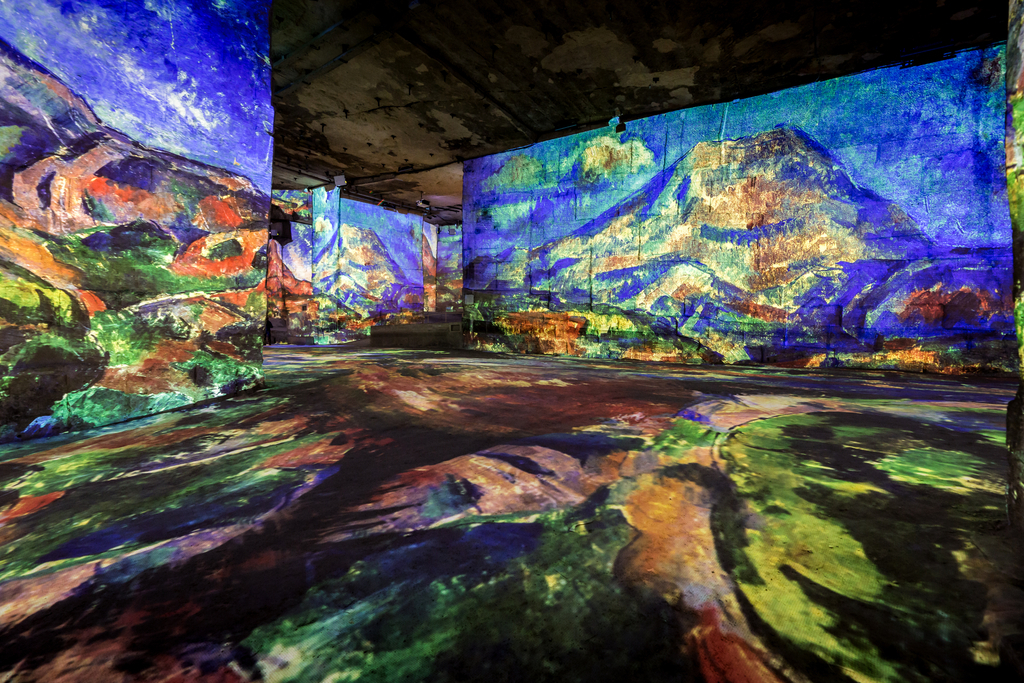beans-sketch
//Yeon Lee, Section C
//Project 01: Self-Portrait (Face)
function setup() {
createCanvas(600, 500);
background(255, 192, 203);
}
function draw() {
noStroke();
//hair
fill(32, 20, 7);
rect(165, 210, 270, 300);
ellipse(300, 220, 270, 270);
//shoulder
fill(251, 206, 158);
rect(150, 450, 300, 140);
ellipse(300, 450, 320, 50);
//cloth
fill(63, 146, 208);
rect(140, 470, 320, 100);
ellipse(150, 475, 40, 100);
ellipse(450, 475, 40, 100);
//neck
fill(251, 206, 158);
rect(270, 380, 60, 60);
//ear
ellipse(207, 280, 50, 50);
//side hair
fill(32, 20, 7);
ellipse(200, 270, 10, 80);
//neck shadow
fill(238, 189, 138);
ellipse(300, 380, 60, 40);
//face
fill(251, 206, 158);
ellipse(300, 260, 202, 250);
//eyebrow
fill(26, 15, 3);
arc(250, 250, 35, 13, PI, 0);
arc(350, 250, 35, 13, PI, 0);
//left eye
fill(26, 15, 3);
ellipse(250, 280, 27, 32);
fill(255, 255, 255);
ellipse(255, 275, 7, 7);
fill(238, 189, 138);
arc(248, 298, 27, 10, PI, 0);
//right eye
fill(26, 15, 3);
ellipse(350, 280, 27, 32);
fill(255, 255, 255);
ellipse(355, 275, 7, 7);
fill(238, 189, 138);
arc(348, 298, 27, 10, PI, 0);
//nose
fill(238, 189, 138);
arc(300, 315, 20, 10, PI, 30);
//mouth
fill(216, 100, 100);
arc(300, 335, 50, 45, 0, PI, CHORD);
//tongue
fill(193, 66, 66);
ellipse(300, 348, 20, 10);
//teeth
fill(255, 255, 255);
ellipse(300, 335, 40, 5);
//earring
fill(255, 255, 255);
rect(199.5, 310, 1, 25);
ellipse(200, 340, 10, 10);
ellipse(200, 330, 7, 7);
//front hair
fill(32, 20, 7);
rect(168, 400, 35, 180);
rect(395, 245, 40, 260);
arc(190, 150, 270, 220, -0.2, HALF_PI);
rotate(.80);
translate(-180, -145)
ellipse(580, 10, 150, 60);
noLoop();
}
For this first project, it was quite challenging to work with arc(), PI/CHORD, rotate(), and translate() functions but it was really fun to explore with the codes. I had fun playing around with different colors and changing the sizes of the image I wanted to create.
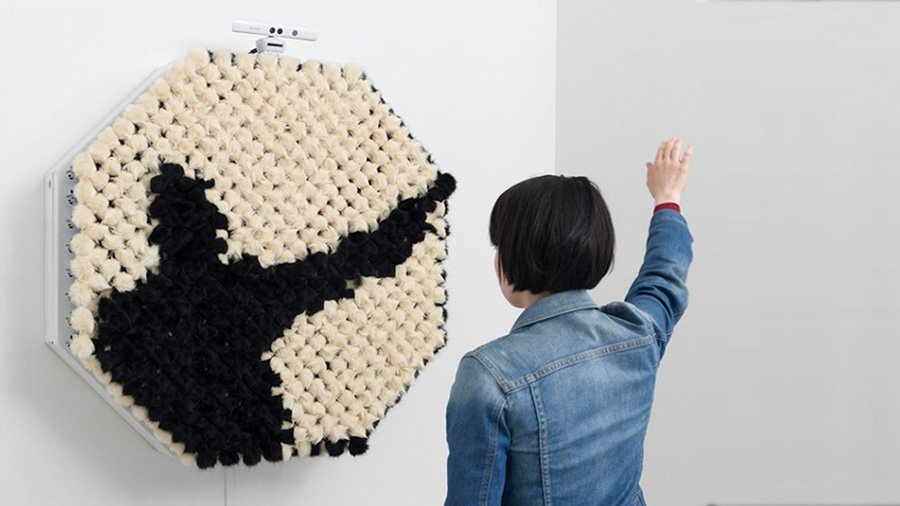
![[OLD SEMESTER] 15-104 • Introduction to Computing for Creative Practice](../../../../wp-content/uploads/2023/09/stop-banner.png)
